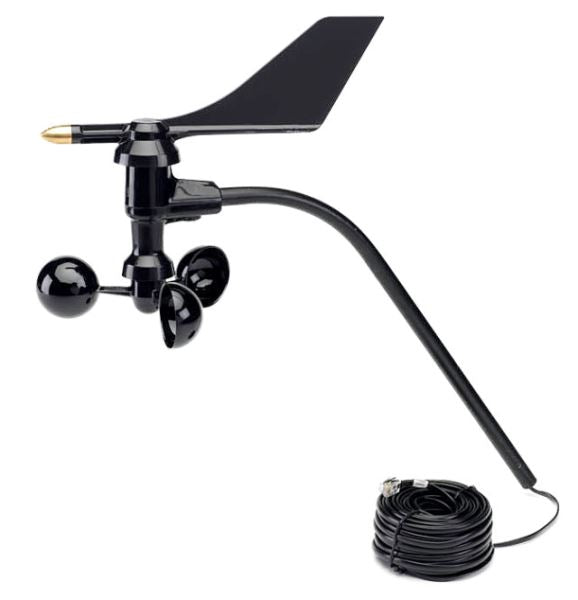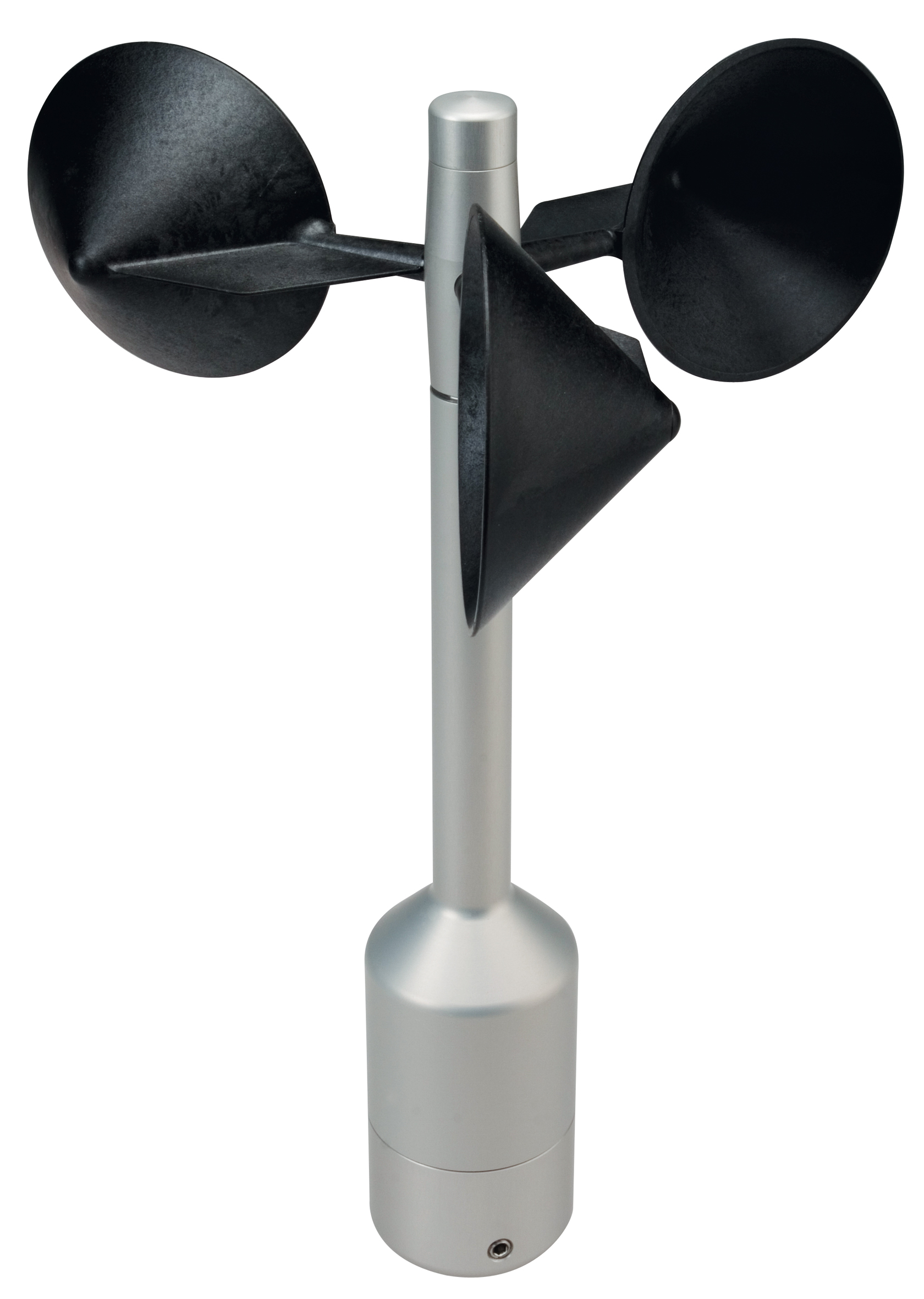All You Required to Know Regarding Anemometers: Just How They Function, Why They Matter, and Where to Use Them
Anemometers, however often overlooked in the world of clinical instruments, play an essential role in different fields, supplying beneficial insights right into wind rate and air movement patterns. As we dig into the ins and outs of anemometer innovation, we will certainly discover the internal functions of these gadgets, their value, and the essential considerations when selecting the appropriate anemometer for specific applications.

Anemometer Fundamentals
An essential tool utilized to gauge wind rate and instructions, the anemometer plays a vital role in weather forecasting and numerous industries. An anemometer usually contains three or 4 mugs that turn in the wind, a vane that points into the wind, and sensing units to track the turnings or movements. By calculating the turnings or activities over a specific amount of time, the anemometer can identify wind speed. The vane assists determine wind direction by aiming into the wind, supplying useful information for weather forecasting, air travel, maritime operations, ecological monitoring, and wind power applications.
There are different sorts of anemometers readily available, consisting of cup anemometers, vane anemometers, hot-wire anemometers, and sonic anemometers, each with its unique features and applications. Mug anemometers are frequently used for basic wind speed dimensions, while vane anemometers are liked for directional measurements. Hot-wire anemometers appropriate for reduced airspeeds, and sonic anemometers are excellent for high-precision dimensions in study and industrial settings. Comprehending the basics of anemometers is vital for precise wind information collection and analysis across different sectors.
Principles of Anemometer Procedure
Structure on the foundational understanding of anemometer essentials, the principles of anemometer procedure elucidate the mechanics behind wind speed and instructions measurements. Mug anemometers, for instance, have three or even more mugs that record the wind, causing them to rotate faster as the wind rate increases. Hot-wire anemometers depend on a heated cord that cools down as wind passes over it, with the rate of cooling establishing the wind rate.
Value of Anemometers
Anemometers play an essential role in gauging wind speed and instructions, providing important information for weather projecting, environment studies, environmental monitoring, and aviation procedures. Meteorologists count on anemometers to gather exact wind data, aiding them comprehend climate patterns, forecast tornados, and issue timely warnings to the public. Wind farm operators utilize anemometers to analyze wind problems and optimize power manufacturing from wind generators.
Applications Throughout Numerous Industries
In the eco-friendly power sector, anemometers play a crucial duty in assessing wind problems for wind farm placements, making certain ideal power manufacturing. Industries like building and construction and mining use anemometers to keep track of wind speeds, important for safety and security methods, specifically when working at heights or in open-pit mines where strong winds can pose hazards. In agriculture, anemometers help farmers in taking care of crop spraying by offering real-time data on wind rate to prevent drift.

Selecting the Right Anemometer for Your Needs
Selecting the appropriate anemometer tailored to your details requirements is necessary for acquiring exact wind speed and instructions measurements. When choosing an anemometer, take into consideration elements such as the designated application, needed dimension variety, environmental problems, and preferred attributes. For basic functions, a mug anemometer is ideal for measuring wind rate, while a vane anemometer supplies wind instructions data. Hot-wire anemometers are ideal for low airspeed measurements, and ultrasonic anemometers use high accuracy and resilience.

Final Thought
Finally, anemometers play a critical duty in gauging wind speed and direction throughout various markets. Comprehending the principles of anemometer procedure is crucial for picking the appropriate tool for specific requirements. From meteorology to air travel, anemometers are vital devices for making certain and collecting exact data security in different applications. When picking the most ideal tool for determining wind problems., it is essential to take into consideration the significance of anemometers in order to make educated decisions.
There are numerous types of anemometers readily available, including cup anemometers, vane anemometers, hot-wire anemometers, and sonic anemometers, each with its distinct features and applications. Mug anemometers are typically utilized for fundamental wind speed dimensions, while vane anemometers are favored for directional measurements. Hot-wire anemometers are suitable for low airspeeds, and sonic anemometers are excellent for high-precision measurements in research study and industrial settings.Building on the fundamental understanding of anemometer essentials, the principles of anemometer operation clarify the auto you could try these out mechanics behind wind rate and instructions dimensions. For general objectives, a cup anemometer is suitable for determining wind rate, while a vane anemometer provides wind instructions data.